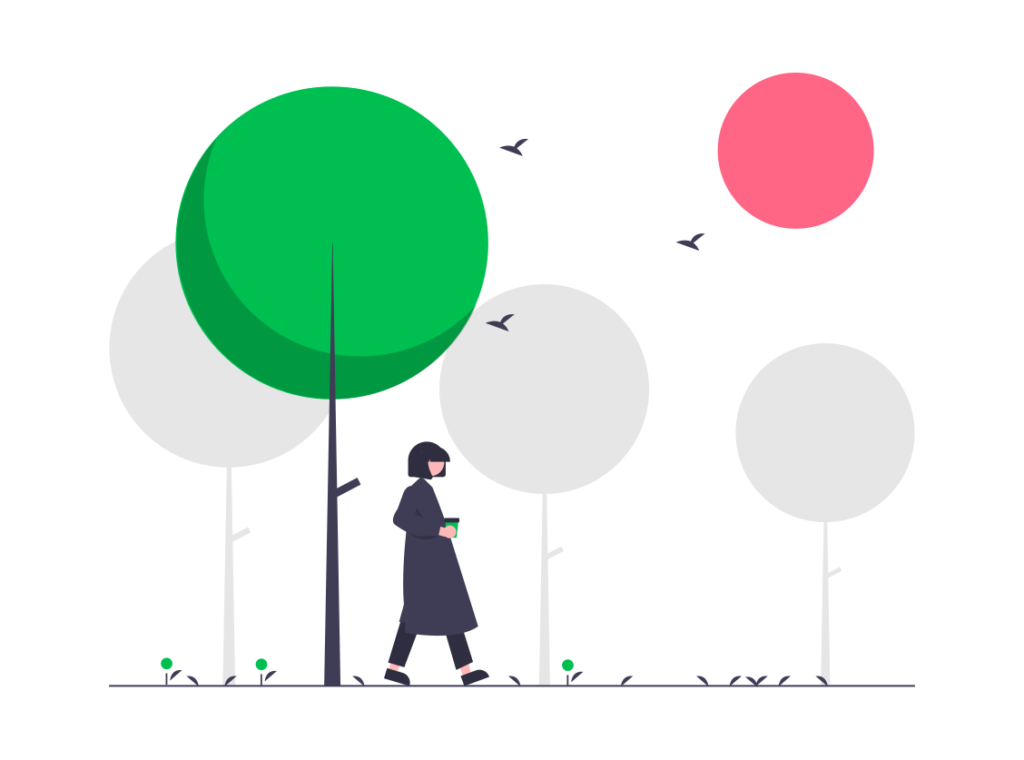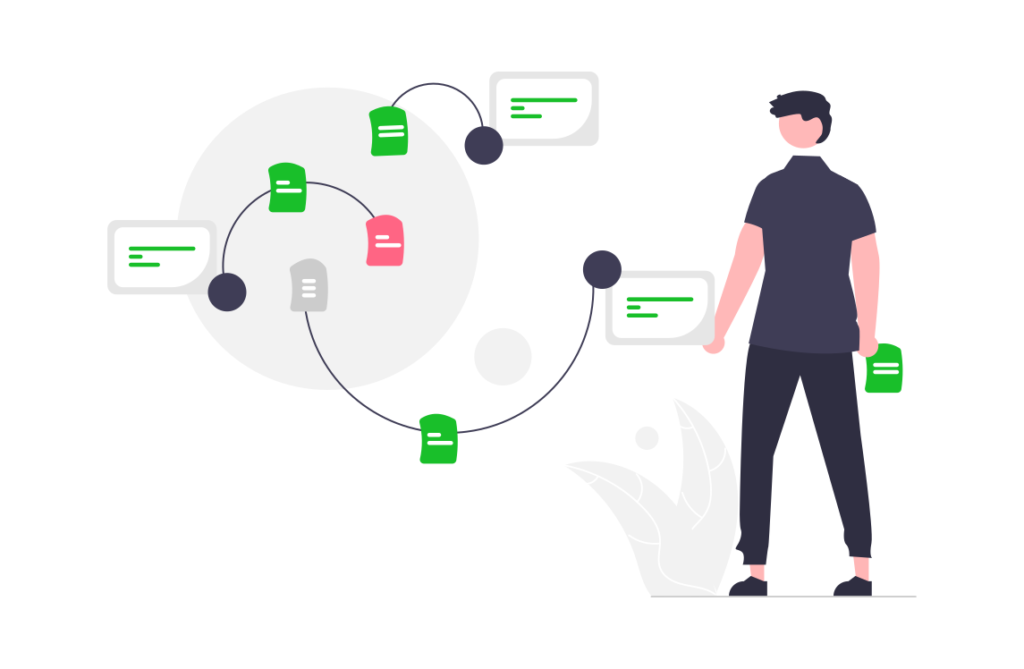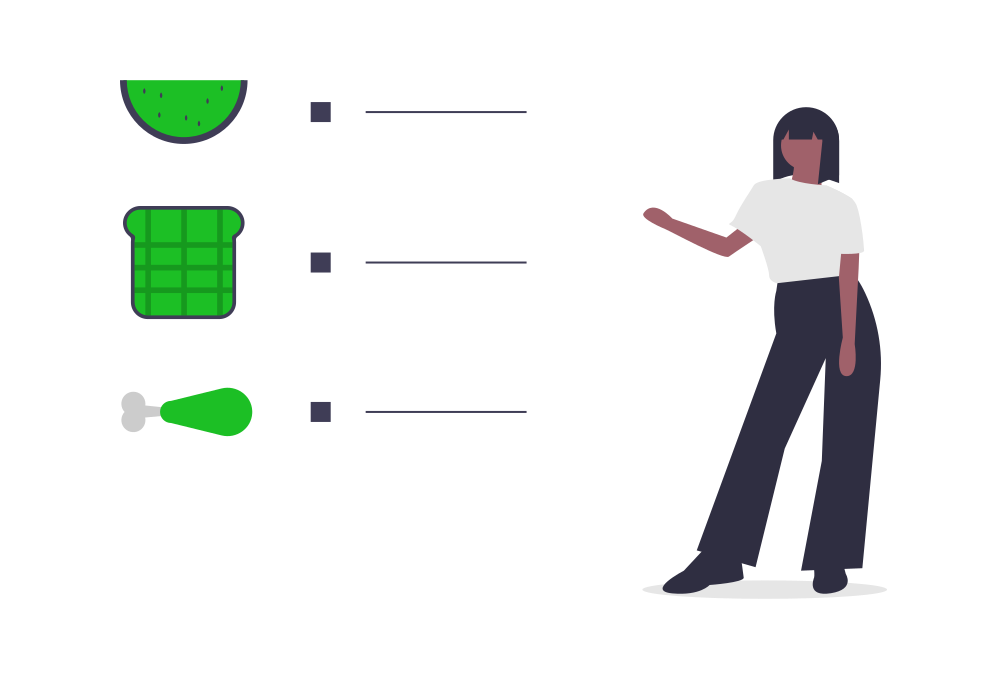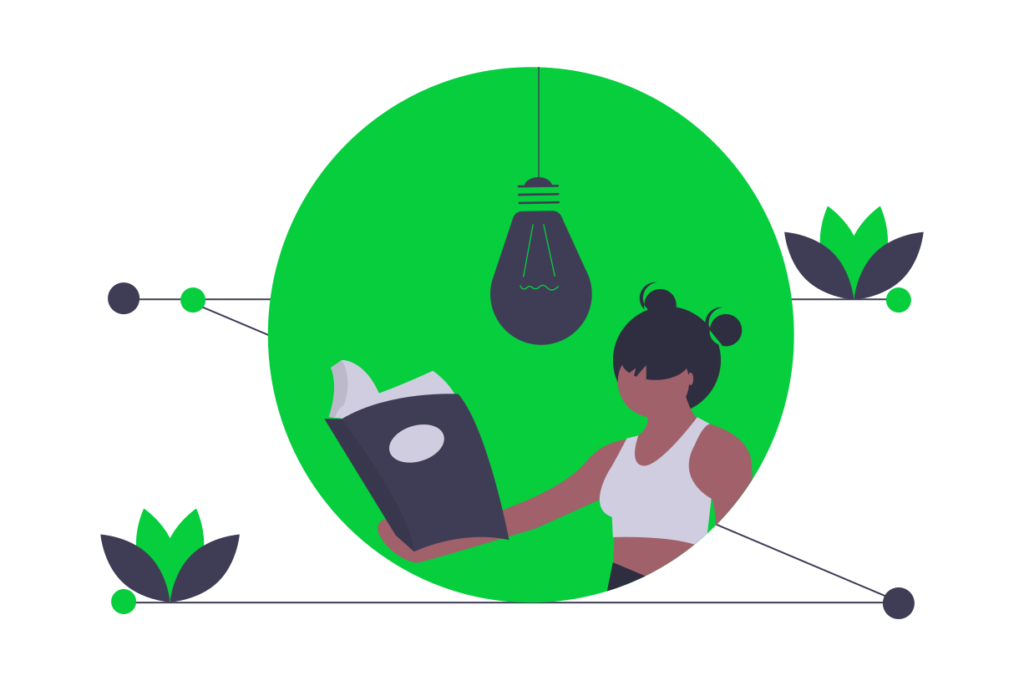Routines are the mind, and body’s natural clockwork – after getting used to a certain internal flow, a habit will fit into place like a jigsaw puzzle and can get stuck there.
However, sometimes, these routines can be bad and ultimately unhealthy for you. Here are what a healthy routine can do for you:

Mentally
A healthy routine doesn’t just have to be physical exercise.
For your mental health, a healthy routine can do wonders for your mind. Spend a few hours a day listening to music, reading, writing, or going on a walk. This can lead to you spending your time being more mentally free.
Clearing your mind from negative thoughts and clutter can improve your focus and lead you to a happier lifestyle. Your mood can improve but your focus and memory can also improve when involved in mental gymnastics.
Being more mentally free allows you to be happier, and have a greater outlook on life.
Physically
Usually, when someone mentions a healthy routine, you think of physical exercise and diet, and that is what’s going to be covered in this section.
If you are self-conscious, then physical exercise can make you feel better about yourself by improving your body, and diet. These are not only healthier choices but helps build confidence and courage in yourself to be proud of yourself.
You can also just simply partake in a diet that will help you feel better and healthier and will have noticeable changes. You will end up feeling sick less, but it can also make your mornings a lot less groggy.
Making it a routine to get up early would improve your sleeping pattern, and allow you to have more hours to yourself – about eight hours is healthy. This means you can have breakfast, which is stapled as one of the most important meals of the day.
Read Now: How to Get Better Sleep
Economically
Your personal finance can be affected by your routine due to always buying the same thing at the shop, or for dinner every day. It can also be that you buy a takeaway frequently which can cause a decline in health and your finance as takeaways have a huge impact on you and your economy.
By spending less money, you are also inhabiting a healthier diet – and improving physically, and mentally. As well as saving a lot more money in the long run.
This can then be used as a sort of reward system. Let’s say you have a takeaway once a fortnight for reducing your intake. This gives you a reason for wanting to complete the challenge and results in saving money.
Read Now: 7 Ways to Ease Financial Stress and Manage your Money
Key to a Healthy Routine
The key to a healthy routine is to stick to your ideals and beliefs, as delving from it can cause you to go back to your old routine. It’s about commitment, and focus. You need to want it to get it.
It is recommended to start small and work your way up. For example, getting up earlier and having breakfast. This small step will show you what it is like to change and then can alter further changes in your routine to be healthier.
Then someday you can tackle the more difficult changes!

Conclusion
In conclusion, a healthy routine is one of the most important things for a healthier and happier life and by following your heart and not letting yourself trip on your attempts to gain a better routine, you will succeed.
You will thank yourself in the long run.
You are number one, and you should look out for yourself. Don’t think about how other people think, go out there and succeed.
Hopefully, this has helped you find out why a healthy routine is good. For more information, contact us at Ceed here today.


















